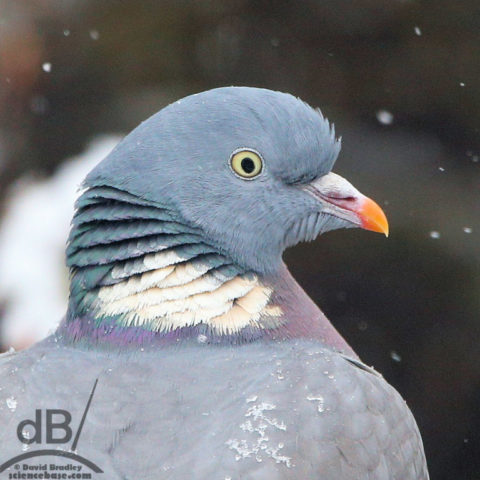Birds have incredible visual systems. This is especially true of the birds of prey, the raptors, which includes the hawks, falcons, eagles, buzzards, harriers, owls, and others.
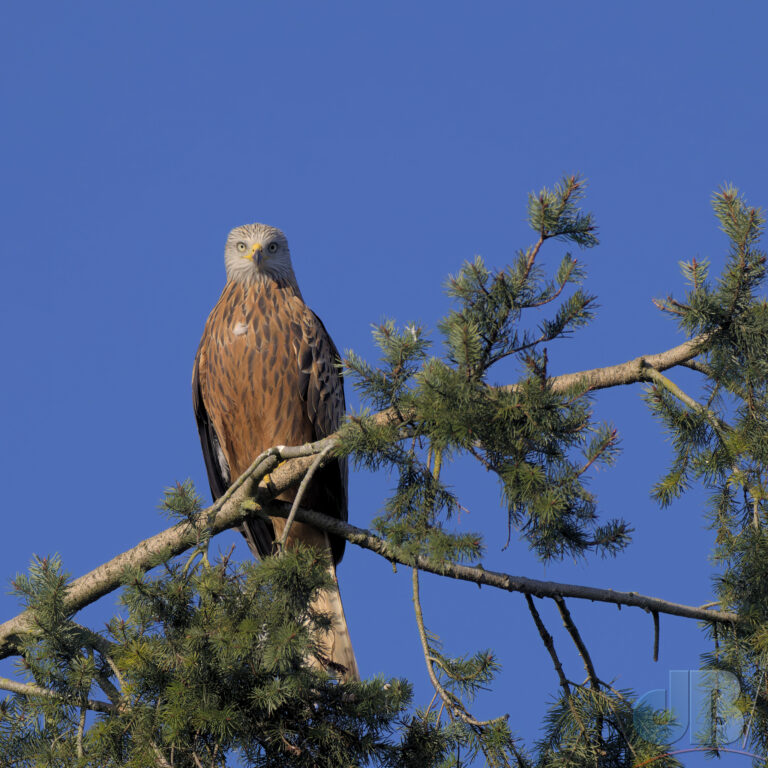
Unlike many other types of birds, the raptors have binocular vision, their eyes face forward, like ours, which means they have a 3D view of the world ahead of them. This allows them to pinpoint prey incredibly well even from great distances as is the case with the Peregrine Falcon. That species, and others, also have two fovea, the most sensitive regions of the light-sensitive retinas at the back of their eyes. They use one for homing in on prey from a distance but switch to other for greater precision as they get closer to their prey. There are many other adaptations in raptor vision.
I was photographing a Red Kite recently when I noticed one such adaptation that I hadn’t seen before. The bird was perched atop a conifer and I approached slowly to get a relatively close view without disturbing it. It ignored me to begin with and I got a nice photo of it staring out of the surrounding farmland.
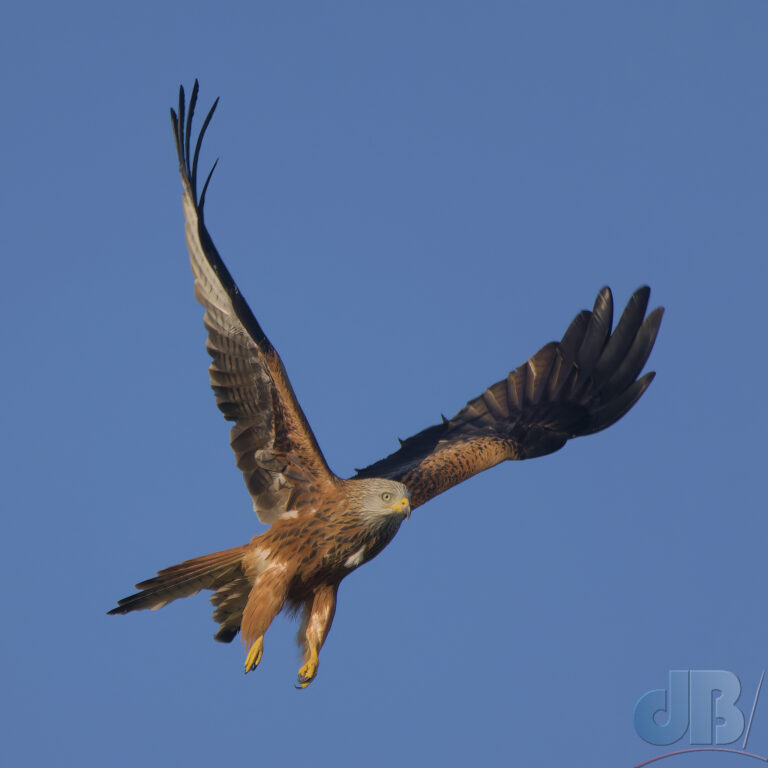
I took a burst of photos and in one when the bird had turned to stare at me on the ground I could see that half of its face was in sunlight, the other half in the shadow of its beak. If you look closely at my photo, you can see that the pupil of its right eye, the one in the sunlight, is smaller, while the one in shadow is larger. The bird is adjusting pupil size independently depending on how much light is reaching the eyes. This is not something that we humans can do. If one eye is in the light and the other the dark, both pupils will still be the same size.
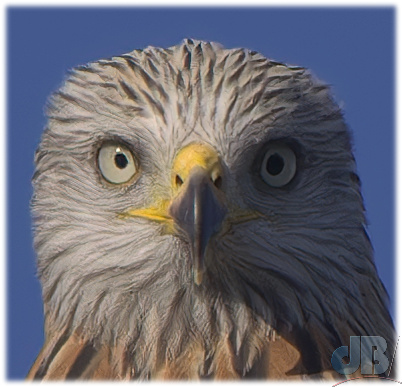
This is a remarkable adaptation – independent pupil control or pupil asymmetry, also known as anisocoria. It allows many birds to finely adjust the size and shape of each pupil. Anisocoria is a general term for having pupils of different size. Famously, musician David Bowie had a fully dilated left eye pupil having sustained an injury to that eye as a youth. My late mother had a viral infection when she was middle-aged that also left her with an unresponsive, and almost fully dilated pupil in one eye. Apparently, one in five people have anisocoria, but in raptors its a positive trait rather than a problem.
This independent pupil control serves various purposes. One key advantage is the regulation of light entering each eye independently, optimizing vision in different lighting conditions. The ability to control each pupil independently aids in maintaining a stable image on the retina, crucial during activities like flying or hunting, where motion is involved.
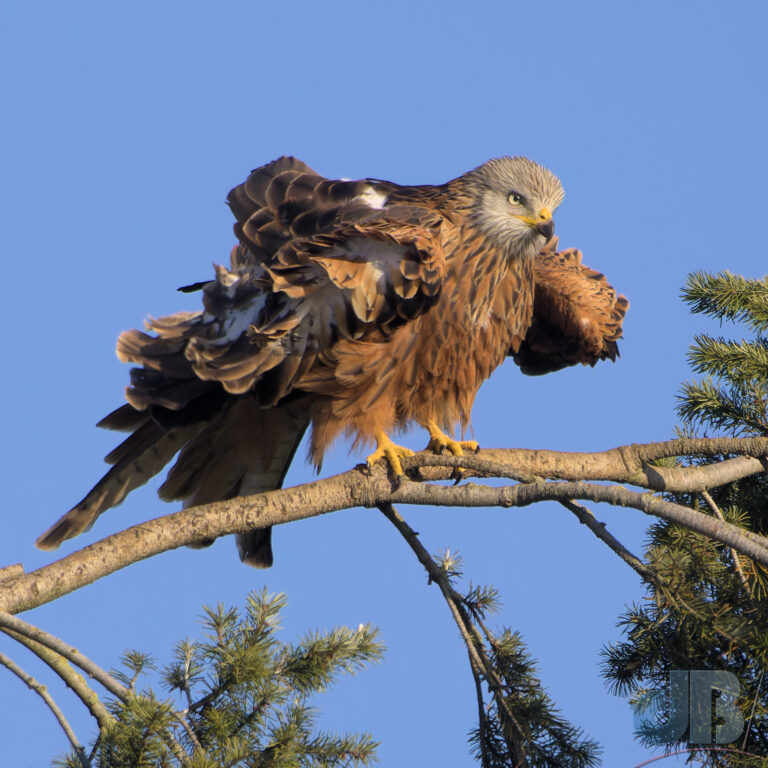
From an optics point of view, photographers know that a larger aperture on their camera, which is equivalent to the pupil being more dilated in the eye means more light can reach the sensor or film, analogously to reaching the retina. But, this comes at the cost of a shorter depth of field. So, if the camera or eye is focused on a subject, then much of what is closer or further from this focus point will be out of focus or blurred. Make the aperture smaller and there is less light entering camera or eye, but the depth of field is greater.
Another adaptation that many more bird species have is a third eyelid. This is known technically as a nictitating membrane, it lies beneath the upper and lower eyelid and can sweep across the eye independently of the outer two lids. It has usually transparenty or semi-transparent. It has various purposes, fundamentally it acts as a protective layer that closes over the eye when a bird is feeding chicks or killing prey. It can also protect the eye from glare or allow a diving bird to enter the water without being temporarily blind but without the risk of damage from the impact or, again, impact with its prey or objects hidden from view under the water.
One of my Red Kites (there were a dozen around the patch on the day) obliged with a quick view of its nictitating membranes among the burst of photos I took.
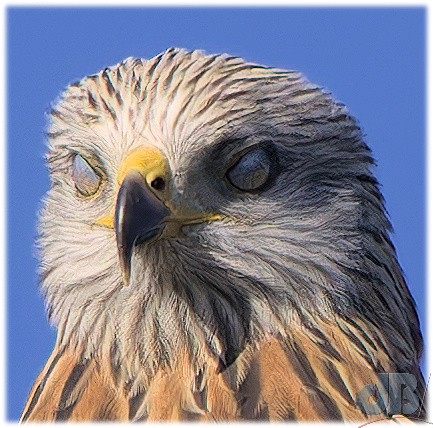
I have previously talked about the pupils of another type of bird, the Wood Pigeon, Columba palumbus. In this species, the shape of the pupil seems unusually asymmetric, but this is an illusion due to the presence of a portion of pigment in the eye adjacent to the bird’s pupils.
